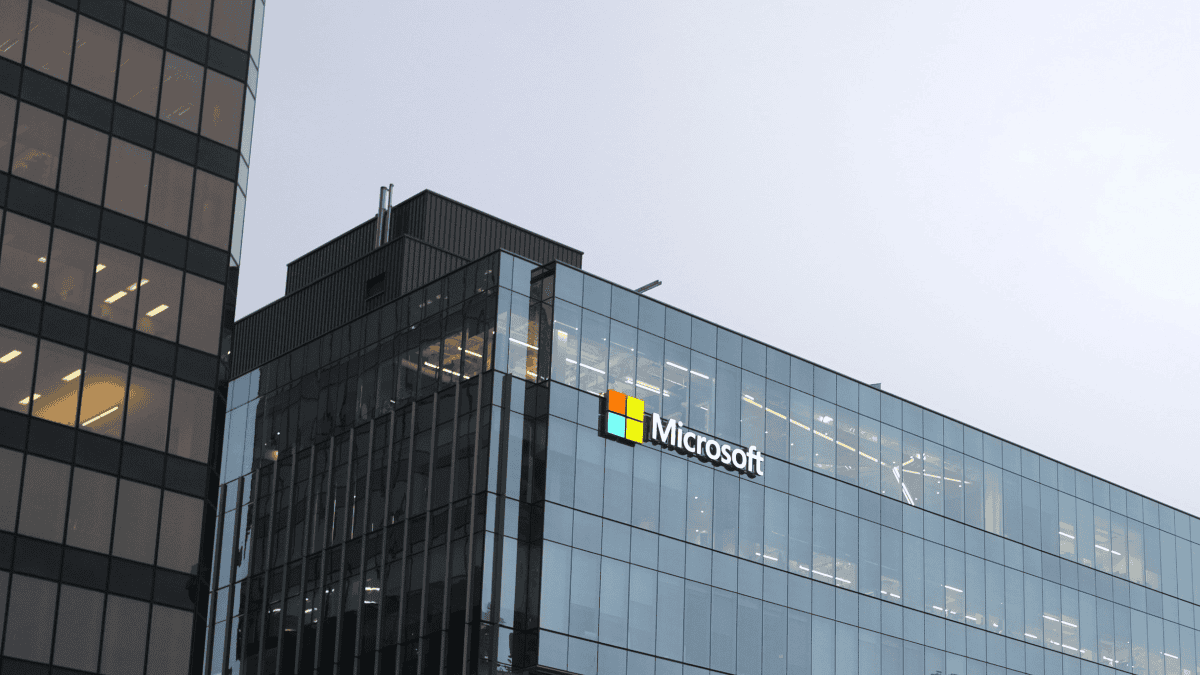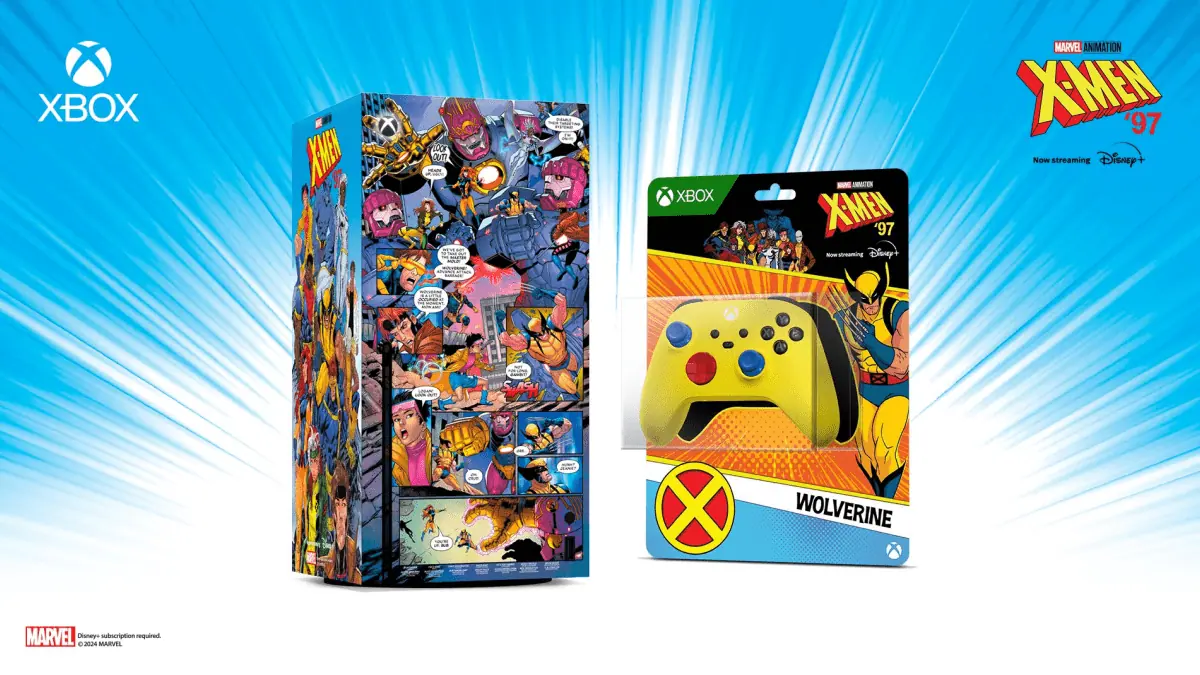What Windows 10 on ARM means for the future of PCs
6 min. read
Published on
Read our disclosure page to find out how can you help MSPoweruser sustain the editorial team Read more

We now know a lot more about Windows 10 on ARM, following Microsoft’s joint announcements with Qualcomm yesterday.Windows 10 for ARM is simply Windows, recompiled for ARM. It’s as simple as this, and yet, more complicated than it would appear at first sight. This switch comes with a host of benefits and compromises, some of them we may not fully know yet.
Now, while Windows 10 for ARM does not necessarily imply any SKU of Windows as some have thought, Microsoft will be shipping the first ARM PCs with the relatively new Windows 10 S as opposed to Windows 10 Pro or Home.
Windows 10 S is Microsoft’s current streamlined SKU of Windows. It’s very light and eschews traditional modes of app installation for a store-based ecosystem. In other words, it’s the perfect SKU of Windows to run Windows 10 on ARM.
This doesn’t mean that Windows on ARM cannot support traditional Windows apps, it does. Microsoft demonstrated Photoshop when it the first demoed the apps. Due to an emulator running on the device, apps built for x86 processors will run on ARM just as if they were running on traditional PC platforms.
Not all apps will work out of the box. Microsoft is supporting 32-bit apps for Windows on ARM, but apps which are built with 64bit architecture will not be able to run pending future updates. In addition to that, there’s no guarantee that all apps will run equally well. Microsoft has tested the top apps to ensure that they work well, but lesser known and niche apps may not perform as well as they would on regular PCs due to the nature of the emulation.
We’ve recently talked about Windows 10 S, and it’s being a viable operating system. While some have speculated that Microsoft intends Windows 10 S to simply be focused on businesses and schools, Microsoft is bringing it to the forefront of its Windows for ARM strategies. PCs running Windows 10 for ARM will ship with Windows 10 S, they will be updatable to Windows 10 Pro for free until October 2018.
It sounds like a lot of work for simply adopting a new processor, especially one that is “weaker” than Intel’s core processors. There are some benefits to it, however. Moving to ARM is simply a continuation of Microsoft’s ongoing strategy of attempting to make your PC more like a smartphone. This isn’t bad per se, smartphones are powerful handheld computers with built-in advantages. They are highly portable, they start up quickly as soon as you touch or look at them to authenticate, and they are able to last (assuming regular usage patterns) for almost a day or even more.
Microsoft intends to bring these modern conveniences to your PC, paired with Windows 10 S. You’ll have InstantOn support, which means your PCs start up pretty much instantly as soon as you hit the power button. You’ll also have extended stamina with up to 22 hours of battery life, and 30 days of standby. Those are the benefits Microsoft expects to gain from its switch to ARM.
If the promise of Windows 10 for ARM bears out, this means that our expectations of what mobile, ultra-portable PCs should offer will change for the better. With the extended battery life and speedy start-up, you’ll expect PCs to last longer and start faster, so we’ll expect those from all PCs. Our PCs will be expected to always be connected and independent from WiFi. Like we do with our phones, we’ll be able to work from anywhere there’s a mobile signal.
In terms of design, PCs will get thinner and lighter to take advantage of the reduced power consumption and better heat dissipation of ARM processors.
Its often asked by readers that Windows 10 on means something for Windows on phone. The short answer is no. The longer answer is, Microsoft has nothing planned for this in the near future. Windows 10 on ARM does not yet contain a telephony stack, and that’s necessary for a phone to well, be a phone. Microsoft could very well decide to debut a new kind of mobile device based on Windows 10 on ARM, but one assumes that they’ll be more cautious about this, after the very public failures of Windows Phone.
Now, Microsoft still has a lot of unknown questions to answer here. First, will its battery life claims hold up to real life? Microsoft is promising stupendous battery life, all-day battery life in fact. But that is to be expected. All PC makers and OEMs hype up their products, especially with regards to battery life. Like I observed with the Surface, we should take OEM battery life claims with a pinch of sault. We really have no solid idea how the battery life for the Windows 10 ARM-powered PCs will be except that they will be better than normal Intel-based PCs. That being said, the Surface Laptop, Surface Pro and Surface Book 2 among others offer pretty good battery life in real life — though less than Microsoft’s estimates. Using those as a baseline, we can estimate that Windows on ARM PCs should give something around 15-16 hour use time, which is still really good.
We also have no solid idea about the performance of these PCs. We’ve seen some leaked benchmarks, but those are dubious at best.
Thurrott reports that these devices feel very similar to Windows PCs powered by Intel Core M3 and Core y chips. That’s good performance, not amazing, but better than average, and especially better than the average ChromeOS powered PCs, which Windows 10 on ARM is effectively kneecapping.
We also aren’t sure how well all x86 apps will work on this thing. Microsoft’s Office apps will work, that much Microsoft has already confirmed. While some have expressed concerns about Microsoft noting that its apps are special versions of the regular Windows apps, it’s not the first time Microsoft is running Windows PCs on ARM. Windows 8 RT comes to mind. While Microsoft has optimised popular apps for the platform as we noted, it’s not clear how well the combination of the Snapdragon chipset and the emulator will work when it comes to heavier apps.
We also aren’t sure about how drivers will work on this PC platform. While Microsoft supports most modern drivers, older peripherals and more niche devices might be out of luck.
Windows 10 on ARM looks promising, but like everything promised by tech companies, we’ll need to actually use it in a real-life scenario to deliver a full verdict.








